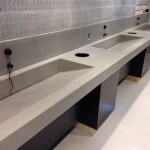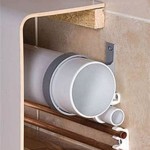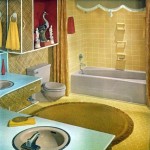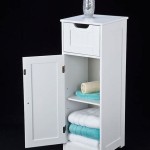Building Code for Bathroom Exhaust Fans: Ventilation Essentials for Health and Safety
Bathroom exhaust fans play a crucial role in maintaining healthy indoor air quality and preventing moisture-related issues. Building codes are essential regulations that establish minimum standards for ventilation in bathrooms, ensuring the safety and well-being of occupants. Understanding these codes is paramount for homeowners, builders, and contractors to ensure compliant and efficient bathroom ventilation systems.
Minimum Requirements for Bathroom Exhaust Fans
Building codes typically specify the minimum airflow capacity and location requirements for bathroom exhaust fans. The specific regulations can vary depending on the jurisdiction and the size of the bathroom. However, common requirements include:
- Minimum Airflow Capacity: Exhaust fans must have an airflow capacity of at least 50 cubic feet per minute (cfm) for bathrooms with a square footage of 50 square feet or less. For every additional 50 square feet of bathroom area, an additional 10 cfm is required. This ensures adequate ventilation to remove moisture and odors.
- Location: Exhaust fans should be located in the bathroom ceiling or wall, positioned to effectively remove moisture and air from the entire space. The fan should be positioned closest to the shower or bathtub to maximize efficiency.
- Ducting: The exhaust fan should be connected to a duct that vents to the exterior of the building. This ensures that moisture and odors are expelled outside, preventing them from accumulating within the house.
- Switch Location: The exhaust fan switch should be located within easy reach from the bathroom entry, allowing for convenient operation.
Compliance and Inspections
Building departments and inspectors ensure compliance with local building codes through inspections. Homeowners and contractors should familiarize themselves with the specific requirements in their area. Failure to meet code standards can delay construction projects, result in fines, or pose risks to occupant health.
During inspections, officials will evaluate the following aspects of the exhaust fan system:
- Fan Capacity: The airflow capacity of the exhaust fan will be measured to ensure it meets the minimum requirements for the bathroom size.
- Ducting: The ductwork connecting the exhaust fan to the exterior will be inspected for proper installation, size, and material. Ducting should be made of a material that is resistant to moisture and condensation, such as PVC or metal.
- Venting Location: The exhaust outlet should be located at least 10 feet away from any air intake, such as windows or vents.
- Switch Functionality: The switch should be functional and readily accessible from the bathroom.
Benefits of Code-Compliant Bathroom Exhaust Fans
Adhering to building codes for bathroom exhaust fans provides numerous benefits, including:
- Improved Indoor Air Quality: Proper ventilation removes moisture, odors, and pollutants from the bathroom, contributing to a healthier indoor environment for occupants.
- Prevention of Mold and Mildew Growth: Adequate ventilation reduces humidity levels, preventing the growth of mold and mildew that can cause health issues and damage building materials.
- Reduced Risk of Bathroom Odors: Exhaust fans effectively remove odors from the bathroom, ensuring a more pleasant and hygienic space.
- Enhanced Energy Efficiency: Modern exhaust fans can incorporate features like humidity sensors, timers, and energy-efficient motors, reducing energy consumption and lowering utility costs.
Additional Considerations
Beyond the minimum code requirements, additional factors can influence the selection and installation of bathroom exhaust fans:
- Bathroom Usage: For bathrooms with frequent use, a higher airflow capacity fan may be necessary.
- Humidity Levels: In humid climates or bathrooms with high levels of moisture, a more powerful fan with a higher airflow capacity may be beneficial.
- Noise Levels: Consider the noise level of the exhaust fan, particularly if the bathroom is near bedrooms or other quiet areas.
- Aesthetic Considerations: Choose a fan that complements the bathroom's design and finishes.
By adhering to building codes and incorporating best practices, homeowners and contractors can ensure the installation of effective and compliant bathroom exhaust fan systems, promoting healthy indoor air quality and preventing moisture-related issues.

Bathroom Exhaust Fans Building America Solution Center

Venting A Bath Fan In Cold Climate Fine Homebuilding

Bathroom Exhaust Fans Building America Solution Center

4 6 Indoor Air Quality And Mechanical Ventilation

We All Like To Vent Dealing With The Hot And Moist Air Ncw Home Inspections Llc

The Basics Of Bath Fans Fine Homebuilding

Inspecting The Bathroom Exhaust Internachi

Invisible Ventilation For A Better Bath Fine Homebuilding

Code Built Bathroom Ventilation Doomed To Fail

Ventilation Pa Energy Code
Related Posts







